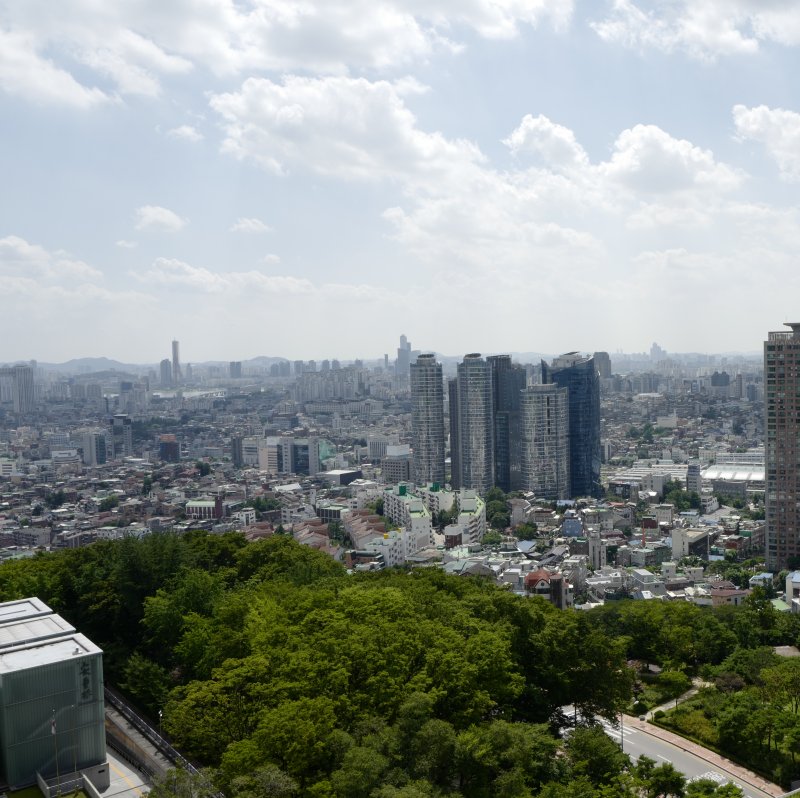The South Korean government unveiled its fiscal policy roadmap for 2018 on Wednesday. Photo Courtesy of EPA/JEON HEON-KYUN
SEOUL, South Korea, Dec. 27 (UPI) -- The South Korean government expects to reach per capita income of $30,000 next year by boosting employment figures, fair distribution and welfare policies.
On Wednesday, Seoul revealed a comprehensive fiscal policy roadmap for next year, based on the Moon Jae In administration's drive to spur income-driven economic growth.
The first priority is job creation. The government plans to provide 320,000 new positions by expanding public sector jobs, improving employment conditions for youth as well as women who take maternity leave in small-and-medium businesses.
To promote stable livelihoods, the minimum wage will be raised by the highest rate in 17 years to $7 an hour. The government will also aim to narrow income gaps between men and women, large conglomerates and SMEs as well as permanent employees and workers on non-permanent contracts.
The government will also roll out measures to provide more housing and welfare benefits for low-income families, Yonhap reported.
The country's per capita gross national income came to $27,561 in 2016 and grew roughly seven percent by the end of September, according to the Bank of Korea.
The central bank said this puts the $30,000 target well within reach this year as per capita income would have to grow 8.8 percent on-year to surpass the threshold.
South Korea hit the $20,000 milestone in 2006, according to Hankyoreh.
Only 27 out of 190 countries enjoy a per capita GNI of $30,000, according to the International Monetary Fund.
The government says securing the average citizen's livelihood by expanding income and welfare benefits will boost private consumption next year by an estimated 2.8 percent.
With higher global demand for memory chips and IT products expected to push up export growth by 4 percent, the government predicts the country's gross domestic product will increase by a steady 3 percent next year.
This year's GDP growth is projected to hit 3.2 percent.
It will be the first time in seven years that the South Korean economy grew by more than 3 percent for two consecutive years.















